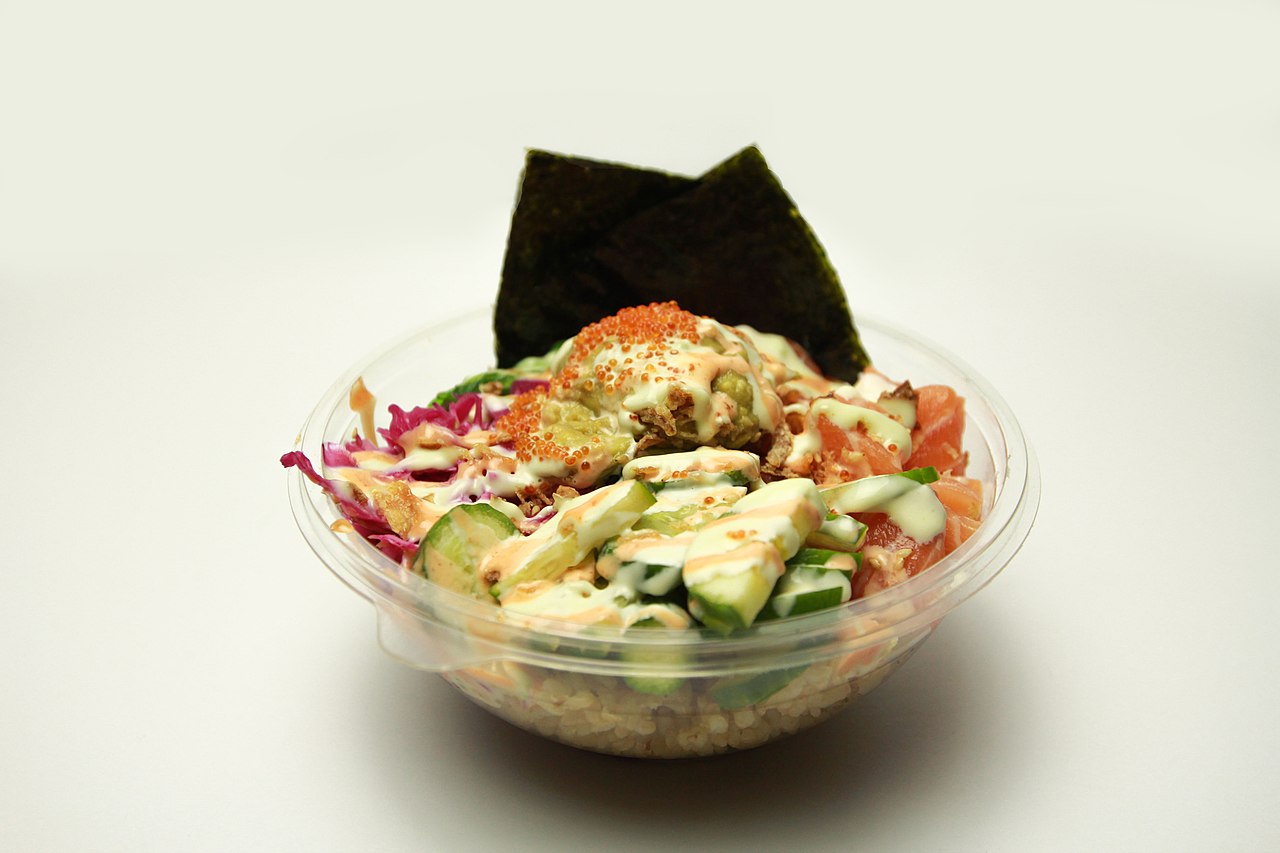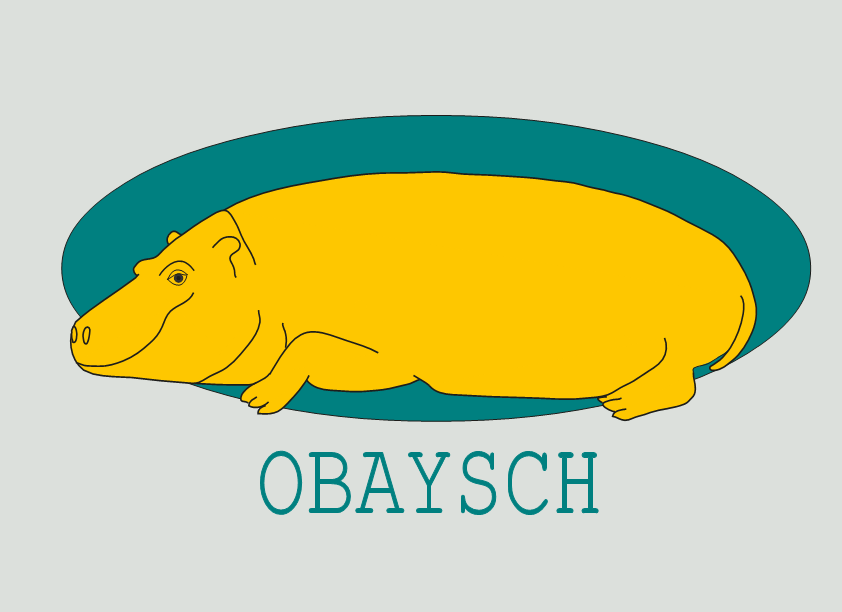The original version of this exercise has been created for (and tried out successfully at) the Data Modeling Meetup Munich (DM3). It has been adapted slightly to take into account recent economic developments.
The exercise works best with small groups (at least 3, not more than 6 people). If possible, split your team in multiple groups (at least 2, not more than 4). Then, you can discuss and compare the results from the different groups afterwards.
 Salmon poké bowl
Salmon poké bowl
By Pokebros [CC BY-SA], via Wikimedia Commons
Case Study
Hipster Bowl is a modern fast-casual restaurant chain geared towards college students and urban professionals. Each restaurant offers a diverse array of dishes very loosely inspired by the Hawaiian specialty called poké.
Customers can choose from all-vegetarian, chicken and seafood options. They can eat their order in the restaurant or take it home with them. For the more price-conscious among them, there are lunch and dinner menus. On a regular basis, Hipster Bowl tries to broaden its customer base with promotions and special dishes that often include some kind of superfood.
Due to the Covid-19 crisis, Hipster Bowl needs additional funding but investors suddenly seem to prefer actual business understanding and hard numbers over lofty language and generic growth prospects. To save the company from certain financial ruin, you have no choice but to finally create a data warehouse based on core business concepts.
Possible Core Business Concepts
- Customer
- Employee
- Dish
- Menu
- Promotion
- Restaurant
- Sale
Exercise
As a group, create the backbone of a data vault model (hubs and links) for Hipster Bowl on a whiteboard, flipchart or online canvassing tool. Use the list of possible core business concepts as an inspiration for your hubs. You have 15 minutes.
